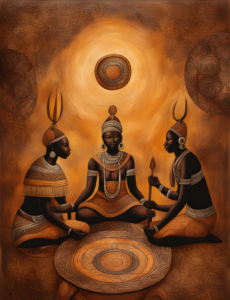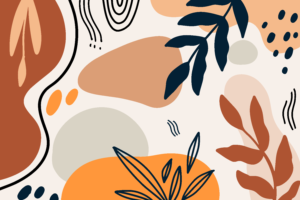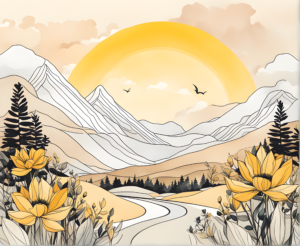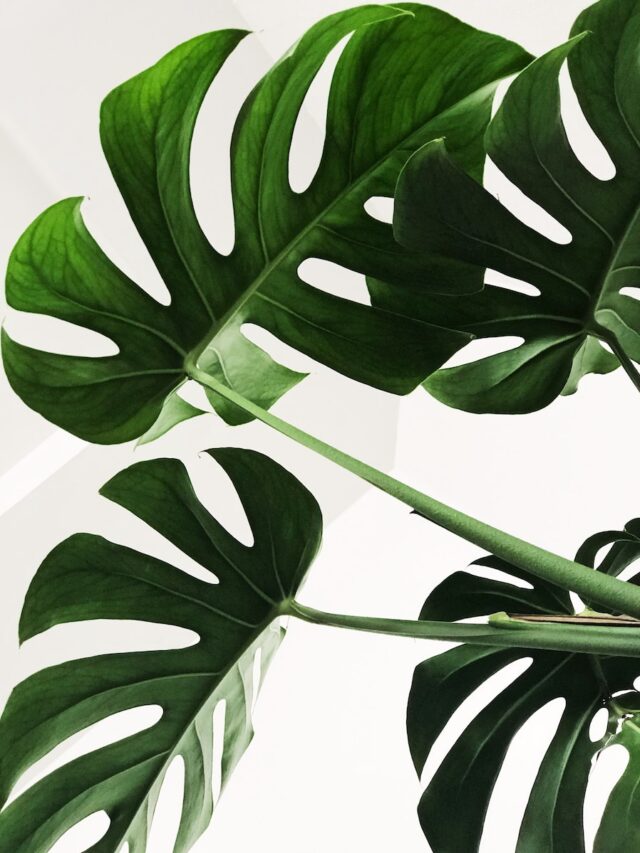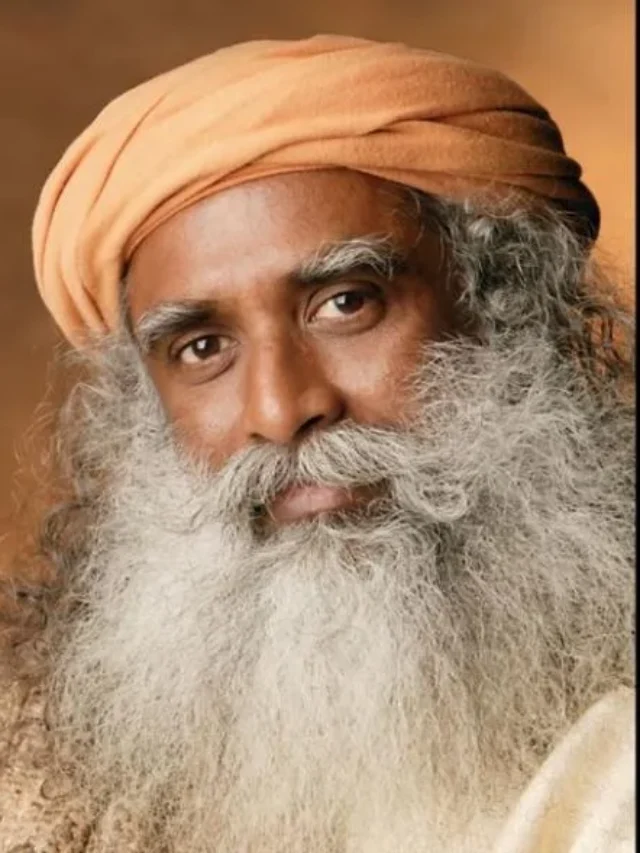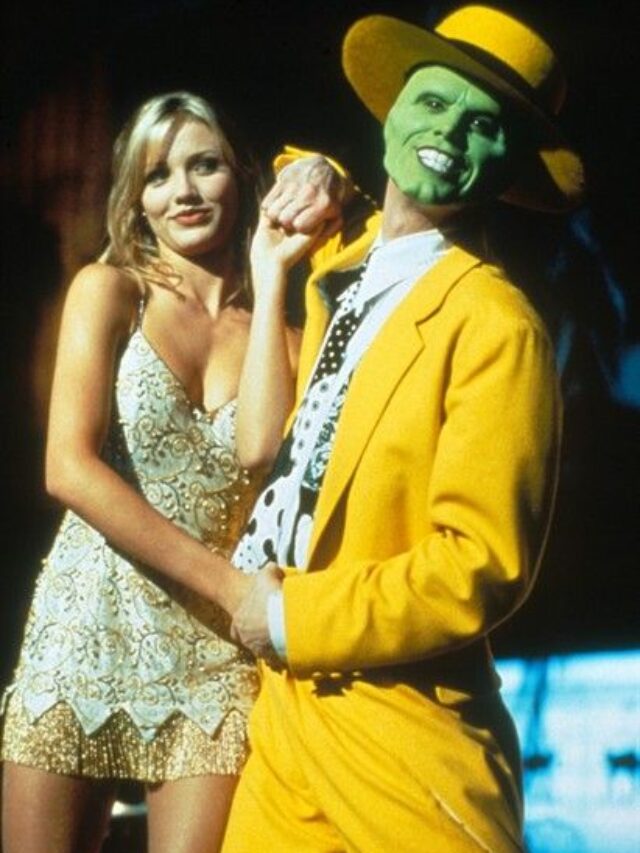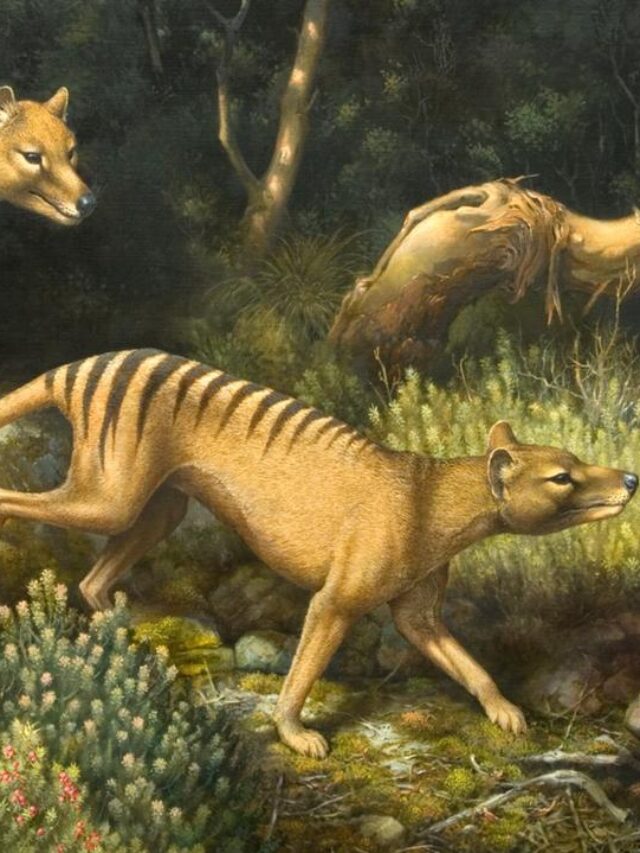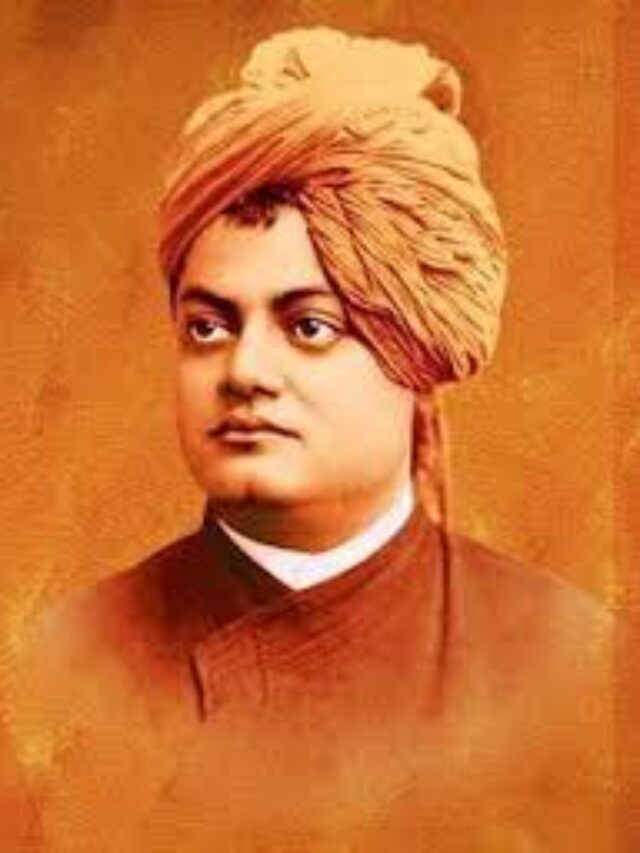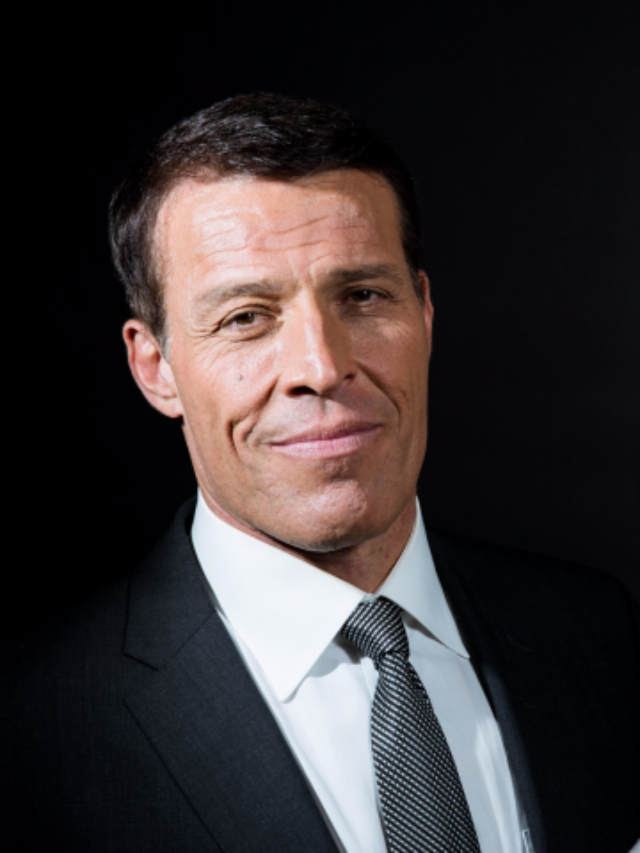He attempted to create a distinct indigenous style in seeking inspiration from folk-art traditions as against the elitist approach of the Bengal School.
He found a quality of freshness, directness, and robustness in the artistic spirit that still survived in the scrolls, the bazaar paintings of Kalighat, in the Puja images, in toys and dolls and the hordes of artifacts created for rituals—all synthesized with the visual effects of kanthas and alpanas.
He was attracted to the folk- art sources, adopting not only the freest possible manner, characteristic of native folk arts, to shape the figures in his works, but also formal ideas from Orissan and Jain manuscript illustrations of the medieval period.
After the mid-1920s he adopted an increasing use of firm and majestic curves and simple forms. He also changed his palette to mineral and vegetable dyes popularly used in villages, so as to fully identify with the village ethos.
In some of his works Of the early 1930s, the stress is on the vertical rigid forms reminiscent of Byzantine icon paintings.
His paintings on the theme of Christ and the satirical paintings of animals, like those of cats with protruding eyes, clearly show the influence of the Jain School.
But, by and large, his paintings are marked by the conventional features of the native folk paintings, i.e. the flattening out of design in-depth, and of voluminous and otherwise massive forms, by omitting light and shade, and use of pure and positive colors in the interaction of their tonal quality and strength.
He seems to be subordinating everything to the repetitive decorative rhythm in his panel pictures but not in his sketches, some of which are powerful spontaneous expressions.
He added an element of subtlety and sophistication to the simplistic painting of Kalighat, resulting in a strongly individualistic style.
Starting his career as a portrait painter in the Western academic tradition and later experimenting with impressionism, he, subsequently discontinued both.
And though the Bengal School was then in the ascendant, he found it too eclectic to be attracted to it.
To overcome this stalemate in the art scene of that time, he strove to strike a new path by turning to native folk-art traditions wherein he discovered the art impulses and genius of his own people.
He, however, did not foresee that the folk-art style he adopted would, in course of time, lead him into a blind alley.
For, unfortunately, his enthusiastic endeavor to strive for Indianness resulted in a ‘factory’ producing Jamini Roys for the elite.
In his search for finding an identity, he styled his artistic activities as a ‘Patua’—the Bengal folk painter. For, he compared his free repetitious approach to that of the ‘Patua’.
Mere sensation ‘furnishes’ the mind with nothing whatsoever; it leaves no legible character on the ‘white paper’ within us.
For, art is an expression of a totally imaginative creative experience. How- ever, Jamini Roy’s art had nationalistic significance, especially when India was trying to free itself from the clutches of the political and cultural influences of the West.
How far his explorations of the aesthetic norms of folk- art were successful in reviving the spirit of indigenous art traditions is a debatable question.
And how valid are the aesthetic norms of bygone days for artistic expression today, especially when the present-day artist faces a vast array of material, styles, and traditions all of which are equally internationally valid? Perhaps time only will decide whether Jamini Roy’s pursuit of artistic labor was successful or not.
- Jamini Roy: Patraboli O Probondho
- Jamini Roy : National Art Treasure
- Urban Patua: The Art of Jamini Roy
- Jamini Roy: Retracing the Lines
- Jamini Roy His Life in Art
- Famous People: Jamini Roy Biography
- Jamini Roy: From Tradition to Modernity.: The Kumar Collection
1. Dadaism 2. Fauvism 3. Synthetic Cubism 4. What is Art 5. Minimalism 6. Philosophy of Art 7. Banksy’s painting 8. Graffiti 9. Facts about Paul Gauguin 10. Beginning of civilization 11.Famous Quotes by Pablo Picasso 12. Leonardo da Vinci quotes 13.George Keyt 14. Gulam Mohammad Sheikh 15. female influential Artist 16. Why did Van Gogh cut off his ear 17. The Starry Night 1889 18. most expensive paintings 19. The Stone Breakers 20. Vocabulary of Visual Art 21. Contemporary art 22. What is Digital Art 23. Art of Indus Valley Civilization 24. Essential tools and materials for painting 25. Indus Valley 26. PostImpressionism 27. Mesopotamian civilizations28. Greek architecture 29. Landscape Artists 30. THE LAST SUPPER 31. Impressionism 32. Prehistoric Rock Art of Africa 33. Hand Painted Wine Glasses 34. George Keyt
1.Proto- Renaissance: History and characteristics 2. HighRenaissance 3. KineticArt 4. Purism 5. Orphism 6. Futurism 7. Impressionism: A Revolutionary Art Movement 8. Post Impressionism 9 Fauvism | Influence on Fauvism 10. Cubism | Cezannian Cubism | Analytical Cubism | Synthetic Cubism 11. Romanticism 12. Rococo: Art, Architecture, and Sculpture 13. Baroque art and architecture 14. Mannerism 15. Dadaism: Meaning, Definition, History, and artists 16. Realism: Art and Literature 17. DADAISM OUTSIDE ZURICH 18. BAPTISM OF SURREALISM 19. OPART 20. MINIMALISM


